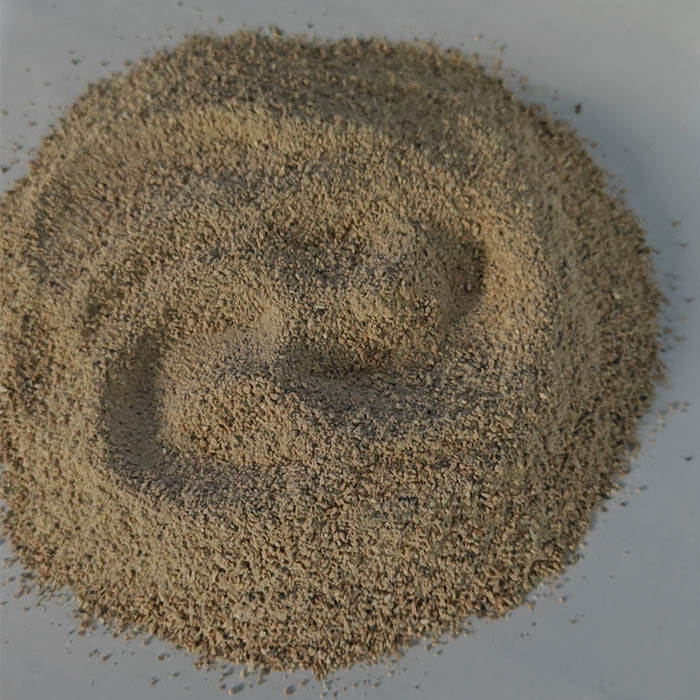Dec . 22, 2024 20:28 Back to list
Choosing the Right Insulation Materials for Steam Pipe Applications and Suppliers
A Comprehensive Guide to Insulation Materials for Steam Pipes
Insulating steam pipes is crucial for optimizing thermal efficiency, ensuring safety, and reducing energy costs in industrial and commercial applications. Selecting the right insulation material can significantly enhance the performance of a steam system while preventing heat loss and minimizing the risk of burns. This article delves into various insulation materials available for steam pipes, exploring their properties, advantages, and considerations for suppliers and end-users.
Importance of Steam Pipe Insulation
Steam pipes operate at high temperatures, making effective insulation imperative. Proper insulation prevents heat loss, thereby improving overall energy efficiency and reducing operational costs. Moreover, it safeguards workers from potential thermal burns and decreases the risk of condensation and related problems, such as corrosion and mold growth, which can compromise the integrity of the piping system.
Common Insulation Materials for Steam Pipes
1. Fiberglass Insulation Fiberglass is one of the most widely used insulation materials for steam pipes. It consists of fine glass fibers and is known for its excellent thermal resistance and lightweight properties. Fiberglass insulation can withstand temperatures up to 1000°F (538°C), making it suitable for most steam applications. Its non-combustible nature adds a layer of safety, but care must be taken to ensure it is properly installed to prevent moisture absorption.
2. Mineral Wool (Rock Wool) Mineral wool, or rock wool, is another effective insulation material. It is known for its high melting point, which can reach up to 1200°F (649°C), making it suitable for high-temperature steam applications. Mineral wool possesses excellent acoustic properties, providing additional sound dampening in noisy environments. Additionally, it is resistant to fire and moisture, but can be heavier than fiberglass, impacting installation requirements.
3. Calcium Silicate Calcium silicate insulation is specially formulated for high-temperature applications. It boasts a high strength-to-weight ratio and can withstand temperatures exceeding 1200°F (649°C). Often used in industrial settings, calcium silicate not only provides excellent thermal insulation but also has high compressive strength, making it an ideal choice for high-pressure steam applications. However, it is generally more expensive than other options.
insulation materials for steam pipes supplier

4. Polyurethane Foam Polyurethane foam is particularly effective for applications where high thermal resistance in a lightweight material is necessary. With a lower thermal conductivity than fiberglass or mineral wool, polyurethane foam greatly reduces heat loss. It is an excellent choice for pre-insulated pipes but is typically used in lower temperature steam applications owing to its maximum service temperature limit of about 200°F (93°C).
5. Reflective Foil Insulation Reflective foil insulation is another option to consider, especially in environments that require a very low thermal conductivity. This type of insulation reflects radiant heat rather than absorbing it, making it effective for high-temperature surfaces. It is most commonly employed in situations where other insulating materials may become less effective due to moisture or where space is constrained.
Selecting the Right Insulation Material
When choosing insulation materials for steam pipes, several factors need to be considered
- Temperature Requirements Different materials have varying maximum temperature ratings; selecting one that fits your specific application is crucial. - Moisture Resistance In humid environments, the material's ability to resist moisture is vital to prevent corrosion. - Fire Safety Standards Ensure that the insulation complies with relevant fire safety regulations. - Cost and Ease of Installation Consider the installation process and costs associated with each material.
Conclusion
Insulating steam pipes is not just a matter of energy conservation; it is a critical component of maintaining safety and operational efficiency in industrial settings. Understanding the properties and applications of various insulation materials enables suppliers and end-users to make informed decisions that enhance performance and longevity in steam systems. By carefully selecting the appropriate insulation material, businesses can improve their energy efficiency and protect their assets while ensuring a safe work environment for their employees.
-
Fe-C Composite Pellets for BOF: Enhance Steelmaking Efficiency
NewsAug.07,2025
-
Eco-Friendly Granule Covering Agent | Dust & Caking Control
NewsAug.06,2025
-
Fe-C Composite Pellets for BOF: High-Efficiency & Cost-Saving
NewsAug.05,2025
-
Premium Tundish Covering Agents Exporters | High Purity
NewsAug.04,2025
-
Fe-C Composite Pellets for BOF | Efficient & Economical
NewsAug.03,2025
-
Top Tundish Covering Agent Exporters | Premium Quality Solutions
NewsAug.02,2025
